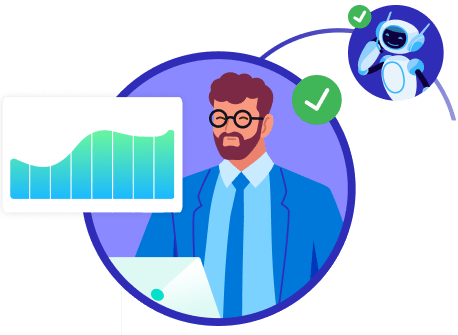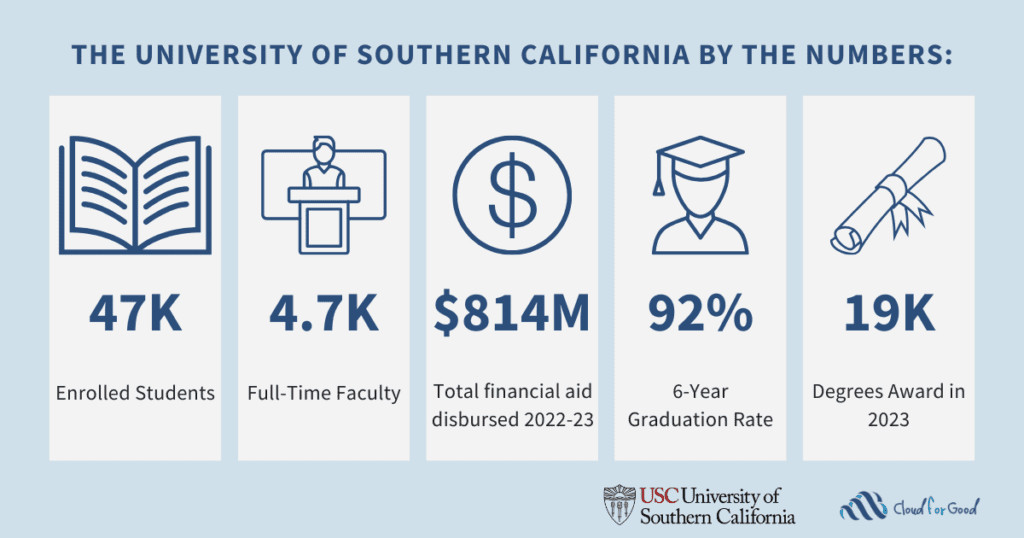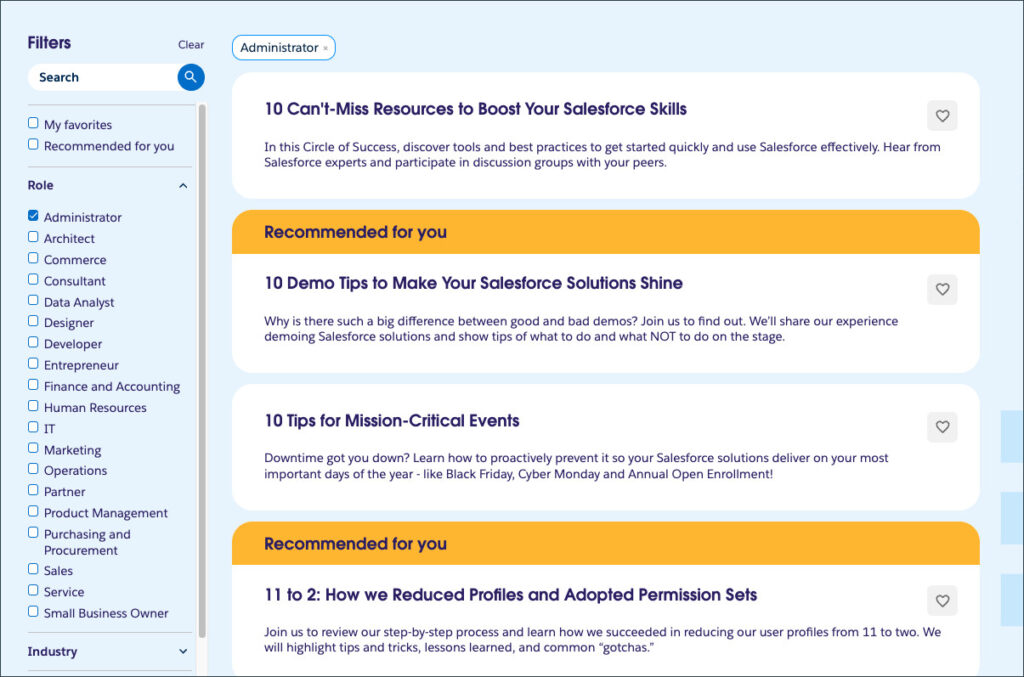Key Takeaways
A consumer electronics company misses a sudden surge in demand for wireless earbuds. The signals — a spike in online searches, social media chatter, and wish-list saves — were there, but by the time the insight trickled through layers of manual data collection, analysis, reporting, and meetings, competitors had already filled the shelves. That’s the cost of moving too slowly.
Opportunities and risks like this surface constantly in your data. In a market where competitive advantage can vanish overnight, decision velocity — the ability to move quickly from insight to action — is everything. This is where artificial intelligence (AI) agents change the game. They close the gap between knowing and doing by spotting signals in real time, analyzing and suggesting solutions instantly, and working with humans to take action much faster.
According to a McKinsey report, “Agents accelerate execution by eliminating delays between tasks. Unlike in traditional workflows that rely on sequential handoffs, agents can coordinate and execute multiple steps simultaneously, reducing cycle time and boosting responsiveness.”
This is the difference between a reactive organization playing catch-up and a proactive one shaping its own future.
The high cost of slow decisions
For decades, organizations have been slowed by bottlenecks in their decision-making. Fragmented data, departmental silos, and manual analysis create a reactive business model that misses opportunities and responds too slowly to problems.
Business history is, in fact, littered with the corporate wreckage of companies that moved like snails. For example, many once-dominant organizations missed the internet and mobile revolutions and ended up being outmaneuvered, and, ultimately, irrelevant. It’s a pattern that’s repeating, to some degree, in the race for AI dominance.
To survive the current technological shift, companies must achieve a new level of velocity. The solution is AI agents, which can collect and analyze huge volumes of scattered data to accelerate response time. But to grasp the impact of that promise, it’s helpful to consider the cumbersome, manual process AI agents are designed to replace:
- A business leader requests data,
- Analysts gather and clean data,
- A reporting team puts the information into a dashboard,
- Teams interpret dashboards and reports,
- Decision makers meet, debate, and align on a plan, and finally,
- Teams implement actions.
“Every handoff [in this manual process] adds friction and weeks or even months to the timeline,” said John Santaferrara, an analyst and business consultant specializing in AI and digital transformation at Ferrara Consulting. “By the time a decision is made, conditions may have changed, eroding the value of the insight.”
That whole slog? AI agents wipe it out. No handoffs, no waiting, no missed windows. Agents take all that scattered data, cut straight to the signals, and move decisions forward. In the old process, you’d still be waiting for that dashboard.
How AI agents affect decision-making
By eliminating the manual choke points and accelerating analysis, AI agents give you predictive foresight. You can spot a risk or a market trend before your competitors do, and act on it immediately. So, how do AI agents accelerate your decision-making?
They constantly analyze all your data
AI agents don’t have to wait for you to ask a question. They’re continuously monitoring different data sources — like support logs, sales history, and product usage — to spot patterns, anomalies, and opportunities. At Salesforce, Agentforce, the platform for building and deploying agents, is plugged into everything (such as CRM, sales, finance, and customer support) and it monitors signals in real time to piece together one holistic picture. For instance, it might correlate a customer’s login problems and a decrease in product usage to predict a high likelihood of churn, and then automatically alert an account manager to intervene.
They suggest a course of action
AI agents fundamentally change the nature of data usage by shifting from passive reporting to proactive execution. Static dashboards present data only about what’s already happened, leaving humans to draw conclusions, reason, and take action. Agents embed reasoning and action directly into the analysis. For example, if patient data shows a spike in missed medical appointments, an agent reports the number of absences and drafts reminder messages for patients, flags the issue to the care team, and suggests adjusting scheduling practices.
They continuously adapt
AI agents are inherently dynamic. Part of their power lies in continuously updating recommendations and actions so organizations don’t act on stale information. This is possible because they’re connected to real-time data streams, like Data 360, and powered by a dynamic reasoning engine like Atlas.
The data streams make sure the agent always has the most current inputs, processing changes as soon as they occur. The reasoning engine then takes that live data and re-evaluates it against business goals. The agent doesn’t just collect information, it reasons with it and adjusts its course of action so decisions are always relevant and aligned with what’s happening in the moment. This is especially powerful in forecasting. Human teams typically build projections using historical data on a fixed schedule. AI agents ingest live signals across CRM systems, web traffic, customer emails, and market data.
| Before AI agents | With AI agents |
| Insights lived in static dashboards | Monitoring is constant |
| Human bottlenecks slowed everything | Insights become analyses and recommendations |
| Decisions lagged behind reality | Execution is one click away |
The critical data foundation
A core reason companies are slow to react is simple: Their data is scattered across dozens of siloed systems and sequestered within different teams. Each decision becomes a patchwork of these partial views. A unified data platform solves this by pulling in, cleaning, and managing data from all internal and external systems to create a single source of truth that’s instantly actionable.
The platform receives, stores, cleans, and manages data from systems like e-commerce, ERPs, CRMs, CMS, mobile apps, data warehouses, and data lakes. It solves the problem of data silos by making data accessible to all teams, improving operational efficiency and productivity.
Consider a company launching a product line. In the past, Finance would crunch sales forecasts, Operations would keep tabs on the supply chain, Marketing would track adoption and sentiment, and Service would collect customer feedback. Weeks or more might pass before these views aligned. Now, AI agents monitoring a unified data platform can instantly detect unexpected demand, adjust forecasts, reallocate inventory, alert suppliers, and recommend boosting marketing spend, all before competitors take notice.
“The real game-changer is a unified data platform,” said Santaferrara. “It’s the one central place where you bring in all your data, spreadsheets, documents, emails, and internal knowledge. By instantly mixing what happened yesterday with what’s happening right now, you’re giving the AI agent the full, up-to-the-minute picture. That complete context is what makes the AI so powerful.”
The net effect
For years, businesses were stuck in a constant state of reactiveness. When a problem or opportunity surfaced, the process involved manual reports, meetings, and endless approvals: a slow-motion disaster. AI agents shatter this system, eliminating friction points and collapsing the gap between knowing and doing by combining real-time analysis with the power to take immediate action.
Dashboards still have an important place in the enterprise. What’s changing is the next step. A dashboard tells you that conversion rates are dropping. AI agents can run an analysis to tell you why, and what to do about it.
It’s a faster way to respond, and a faster way to act.
What’s your agentic AI strategy?
Our playbook is your free guide to becoming an agentic enterprise. Learn about use cases, deployment, and AI skills, and download interactive worksheets for your team.




